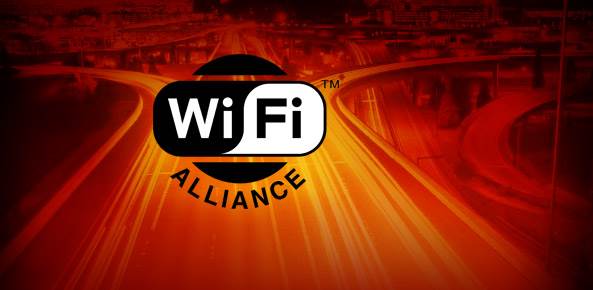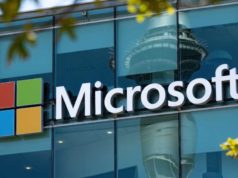In the latest update to its program for certifying Wi-Fi-enabled devices, the Wi-Fi Alliance industry group is expanding the features it certifies to include “wave 2” support for multi-gigabit speeds and greater network capacity.
A non-profit business network of companies that develop and produce technologies for wireless connectivity, the Wi-Fi Alliance doesn’t set industry standards, but does back certified “seals of approval” to verify that products meet certain performance levels. Under its wave 2 expansion, the organization is adding certification for more advanced features that Wi-Fi-enabled devices will need to support.
According to the alliance, the most-anticipated new feature under the new certification is support for MU-MIMO, or multi-user multiple input multiple output, networking. That feature enables multiple devices to all send data wirelessly at once, rather than having to have their signals managed one at a time.
‘Hyper-Growth Business Enabler’
According to Cisco, which is a member of the Wi-Fi Alliance, wave 2 802.11ac technology is “transformational” because it enables a “significant performance increase” over the previous certification standards. Cisco describes wave 2 as a business enabler that will make it easier to drive “hyper growth” in the use of mobile video, high-speed file and data transfers, and faster use of more devices on the network.
“In today’s world, people have more Wi-Fi devices per person and per household, and those devices require significantly more bandwidth,” Wi-Fi Alliance president and CEO Edgar Figueroa said today in a statement. “Wi-Fi Alliance updated the Wi-Fi Certified ac program to meet increasing user demands and to stay ahead of emerging applications, while preserving interoperability.”
Other new features added with the newly updated certification include a doubling of maximum channel bandwidth from 80 MHz channels to 160 MHz and support for more channels in 5 GHz. The expanded channel support, “makes more efficient use of available spectrum and reduces interference and congestion by minimizing the number of networks operating on overlapping channels,” according to the alliance.
Mobile Network Speeds and Traffic Also Growing
The average U.S. household today has four Wi-Fi-enabled devices, and surveys show people are increasingly dependent on being able to connect those devices quickly and easily. For example, a study conducted by Harris Poll last year on behalf of the Wi-Fi Alliance found that more than half of the people in the U.S. would be unwilling to give up their wireless connectivity for a month. For Millennials between the ages of 18 and 34, that figure was even higher: 70 percent.
Mobile network speeds around the world are also projected to more than triple by 2020 “due to widespread adoption of 4G technologies,” according to Akamai Technologies’ latest quarterly “State of the Internet Report,” released today. That growth is also helping to drive rapid expansion in mobile data traffic, the report noted.
In New York City, for example, a public-private partnership called LinkNYC has begun converting the city’s payphone stands into Wi-Fi hotspots with the goal of delivering free and high-speed public Wi-Fi across 7,500 locations.






